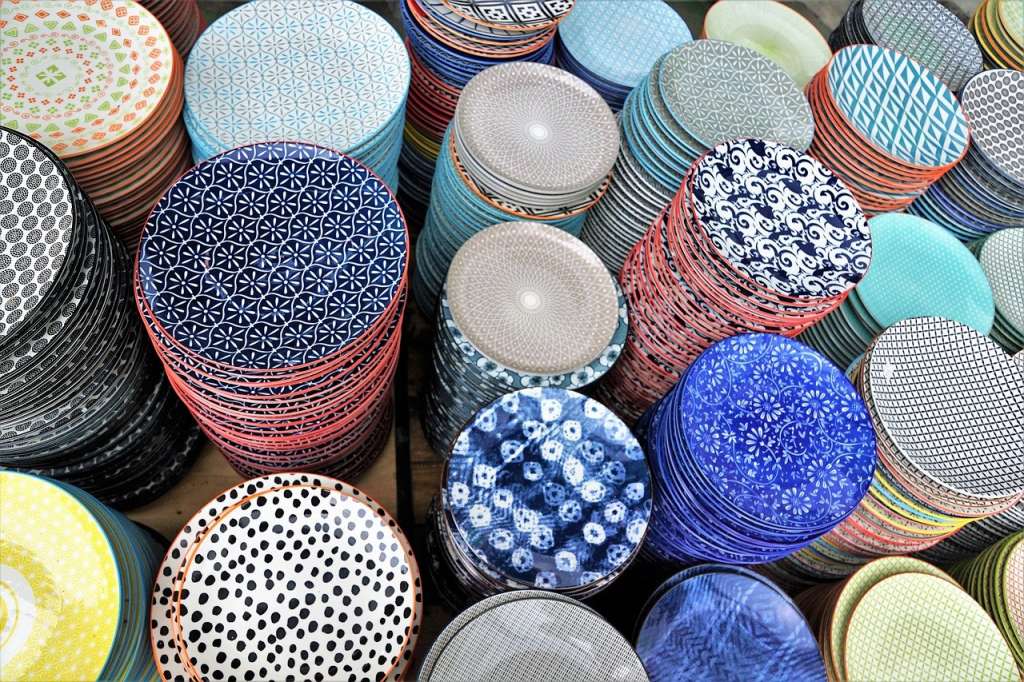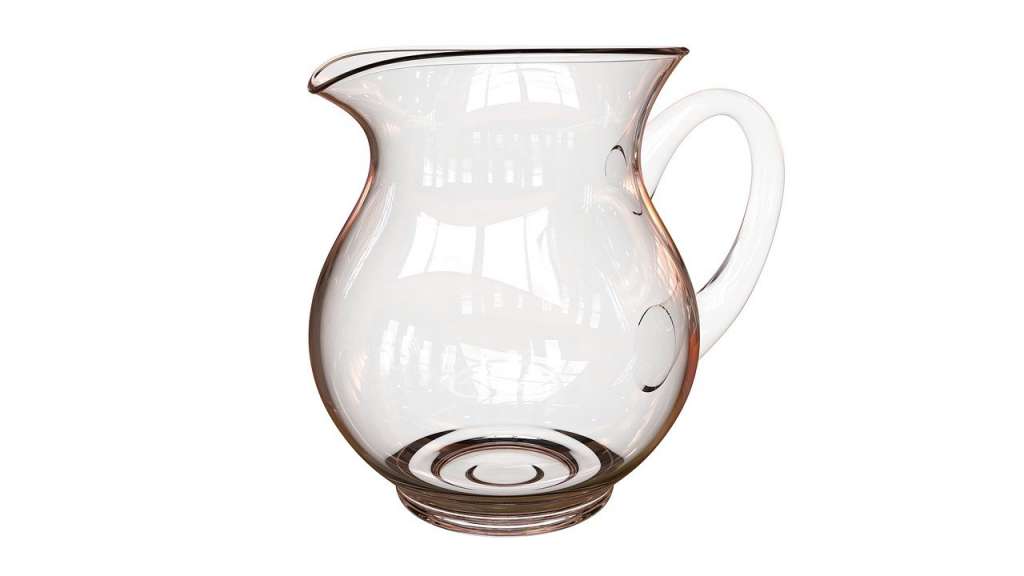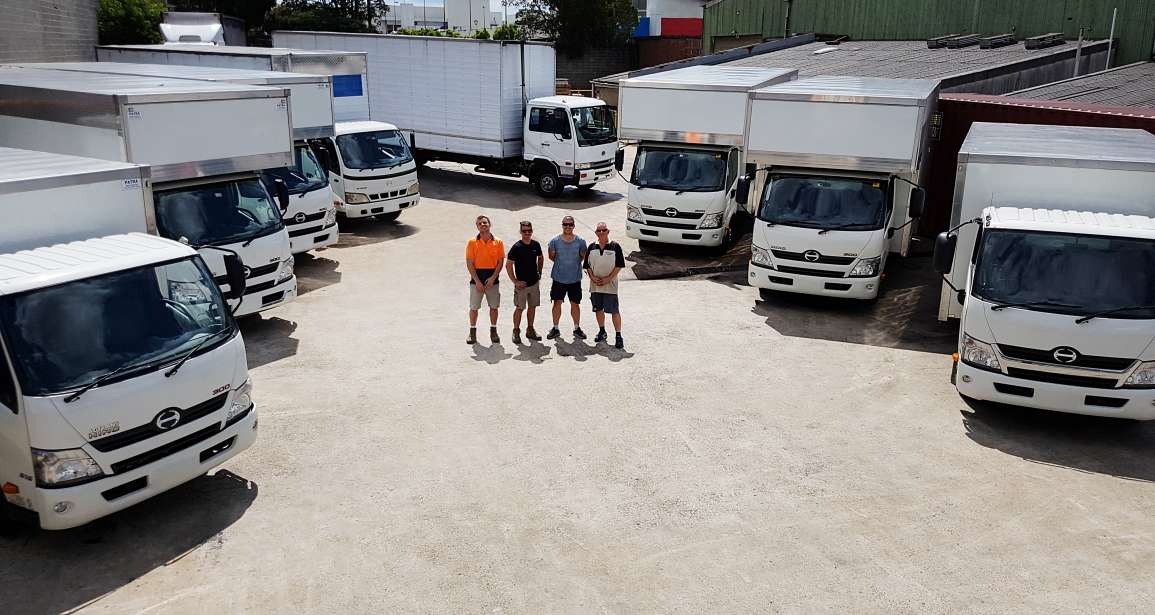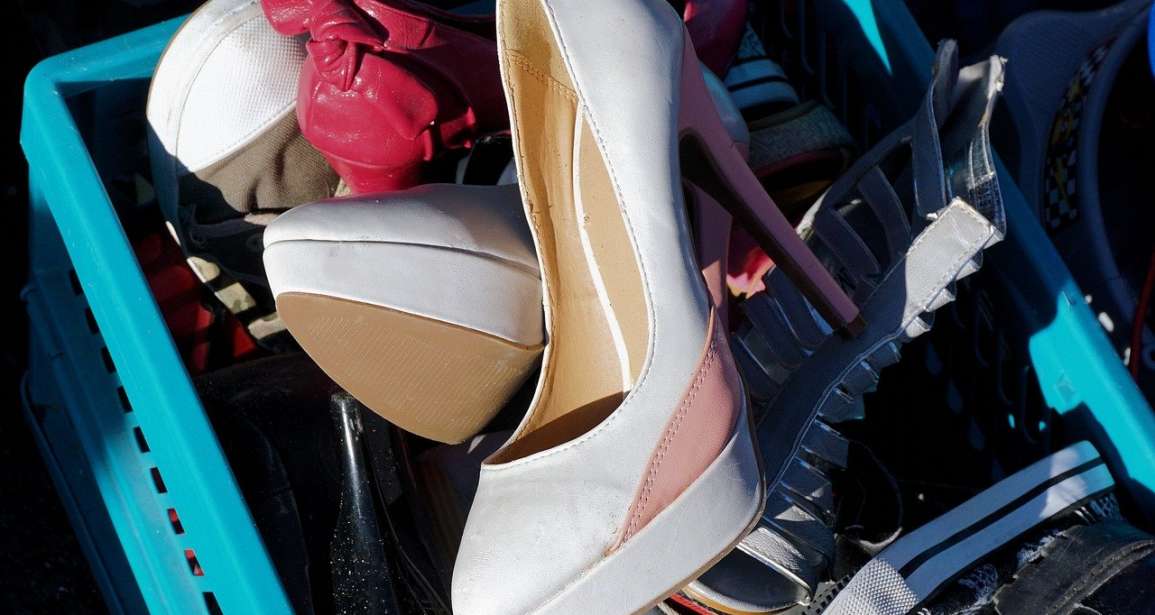Glasses can be one of the most challenging items to pack when moving. They are slippery, small, and extremely fragile. There’s also nothing worse than opening your box and finding all your precious glasses broken.
Keeping them from breaking during transportation might seem like an impossible task. If packed incorrectly, glasses can get chipped, cracked, or smashed. However, with some knowledge and plenty of packing paper, they can survive any long-distance journey.
The following are tips for safely packing and moving glasses, so they get in your new home one piece:
Gather Supplies
The first step is to collect the right supplies and tools you’ll need to pack everything. The quality of your materials is important to your packing success. So, it’s okay to make a small investment in your packaging materials. Since glassware is the most fragile item in your kitchen, you don’t want to take the risk of damaging them while on the move. Here are some of our recommended packing supplies.
Packing tape
Packing tape is the most essential packing tool. You must seal your boxes with packing tape to ensure they won’t fall out and break during the move. The best kinds of packing tape for moving are pressure-sensitive 2-inch-wide packing tapes.
Packing paper
Packing paper is an eco-friendly packing tool to protect your glass. They can create a denser void and offer better protection. They’re also flexible and can be wrapped around any size or shape. Packing paper can give glassware a better cushion and prevent it from rattling and shifting while in transit. When choosing packing paper, always use the soft and smooth ones so that it doesn’t scratch your glass items. Newspapers can sometimes be substituted for packing paper, but they might not be good for long moves as they might smudge the glass.
Medium-sized cardboard boxes
Cardboard boxes are the perfect moving boxes not only are they recyclable and easier to dispose of, but they’re also light and offer great protection. You can also use gently used boxes and other packing materials. Many stores also give away their boxes so ask store owners if they have some you can have for free. If you don’t mind spending a bit more money, try to use moving boxes. These boxes are extra insulated and more sturdy than normal boxes.
Box filler
Box fillers prevent your glassware from moving and hitting another glass item during transit. There are so many kinds of box fillers. We highly recommend using shredded paper instead of bubble wrap.
Marker
Use a permanent marker to label all your boxes. Labelling keeps you organised during your moving day. When putting labels on your box, put labels on each side and on the top.

Prepare the glasses
When packing glasses for moving, it’s wise to designate a special spot for packing. Always use a flat surface for preparing the glasses. You can use the kitchen table or the counter, or any elevated surface that’s out of reach of your children or pets (so they won’t accidentally break them!).
Once you’ve got a spot, sort the glass items by type. There are drinking glasses, mugs, wine glasses, beer glasses, etc. You also want to pack glasses and sort them based on their use. Separate the glasses you want to take with you to your new home and the ones that you need to get rid of.
Before packing, don’t forget to give them a good cleaning first. If your glasses have been kept in the cupboard for so long, they might be full of dust. Wash and wipe them off so that they’ll clean as brand new when you use them in your new home.
How to pack drinking glasses?
With the packing paper, wrap the biggest glasses first. Place the largest ones on the bottom of the box and the lighter glasses on top. You can also try using cell boxes. Cell boxes can be purchased in various supply stores. These boxes have cardboard dividers that can help you separate glasses and keep them from hitting each other.
Always stuff the insides of your glass items with crumpled packing paper or tissue paper. Fill the glass interior until there is no space left. Be gentle when filling the interior. Don’t press on the sides of the glass or push the paper too forcefully. Don’t use bubble wraps as they might be too bulky. Avoid newspapers too as they may leave ink stains on your glasses.
How to properly place the glassware in your moving boxes
The general rule in placing glasses and cups in cardboard boxes is to always put a layer of soft material or paper at the bottom and sides of the boxes. You can use literally anything to cushion your box (paper, tissue, towels, clothes, clean socks, or any good shock absorber). It doesn’t have to be too thick, just about three or four inches should already make a nice cushion. Thin and delicate drinking glasses need more padding and support.
Don’t leave free space in the box for the glasses to bump into each other during transportation. If there are gaps, fill them with paper or bubble wrap. We highly recommend using paper since bubble wraps are usually more expensive—and difficult to recycle! Also, don’t forget to leave a “fragile” label on the box.
Size of the box for packing glasses
The size of moving boxes for glasses is as important as packing itself. The most important rule in choosing box size is this: don’t use big boxes to pack fragile items. Large boxes are not only difficult to move, but they also have so much space to fill in. It’s always best to use a small or a medium-size cardboard box for packing glasses so there will be little space for them to juggle and move around in the box.
Whenever you’re using an old, slightly used, or thin box, always use packing tape to reinforce the bottom. Don’t use boxes that aren’t sturdy enough to hold objects. The stronger the box, the more it won’t dent, or cave in. When choosing box material for fragile items, cardboard is your best friend.
It’s also good to choose vertical boxes since it’s easier to pack glasses vertically. Glasses should be placed upside down and vertically. Never ever stack glass. They’ll easily cause scratches and may be difficult to separate.
If you have the money and want to save time, you can also buy pre-made cell boxes which often have dividers to prevent friction and breakage. Instead of buying bubble wrap or pre-made cell boxes, you can also create your own dividers using old cardboard moving box.
How do I pack wine glasses?
While many people prefer to hire removal teams to pack bulky and fragile items for them, some still do it themselves. If you do it right, you won’t have to worry about breaking expensive glasses during loading or transporting.
Wine glasses are the most challenging kind of glassware to pack because they’re extremely fragile. They’re also often oddly shaped and their stems are very delicate.
Fragile items such as wine glasses need all the protection they can get. The best thing to do to prevent breaking is you wrap each piece separately with packing paper or tissue paper. Wrap the stem of the wine first and secure it in place with packing tape. Once you’re done with the stem, wrap the entire glass with protective materials.
When packing wine glasses, select the proper box to keep your pack glasses from getting crushed or breaking. You’ll want to use a box that is big enough (but not too big!) and secure enough for your wine glasses.
Do not overfill them with fillers or any type of wrapping. Try to use a stemware box and pack them separately from other glassware. And don’t forget to label the wine glass box! This is very important so that the removal team will handle the moving box with extra care.
Wine glasses and fragile items need to be snug inside their boxes. You should fill any empty space between them to reduce friction. Proper packing ensures your wine glasses will stay intact and will not have any scratches.
How do I pack mugs?
Packing mugs is so important unless you’re not a coffee or tea lover. Everyone also always has a favourite mug they use for their preferred beverage. Just like packing wine glasses, you can protect mugs by filling the inside with crumpled paper. It might be tempting to use old newspapers but this is actually bad. Newspapers can leave glasses with ink which is hard to wash. To keep your mugs pristine and clean, only use white packing papers or bubble wrap. This will help the mug withstand impact if it gets moved around while in transit.
How do I pack shot glasses?
Shot glasses are easier to pack than wine glasses. They’re much sturdier and often come in tiny sizes. They can even be wrapped in bundles. When packing shot glasses make sure you’re using tissue paper and bubble wrap before placing them inside the box.
How do I pack ceramic plates?
Packing ceramic plates should be done using packing paper or newspaper. Just like glasses, always pack the heaviest plate first. Put the ceramic plate at the centre of the sheet and fold the corners until you cover the plate. Place another plate above and cover it with the remaining edges. You can stack plates and do this four times until the whole sheet is used. Be patient and work with one plate at a time. Always, put plates side by side vertically. Don’t pack them flat as this can lead to breaking. Also, don’t forget to crumple papers to fill gaps in the box.
How to pack mirrors?
Packing mirrors is just like packing glasses. However, to cover the mirror, you’ll need a larger box. You’ll also need to cover the mirror with a moving blanket. Smaller mirrors can be wrapped with packing papers. Depending on the size of the mirror, you might need a crate to keep the mirror fixed.
How do I pack a glass table?
Just like packing a large mirror, glass tables can be challenging. They are often long and thin, and usually don’t fit in a standard moving box. The first thing to do is remove the glass tabletop from the table. In some designs, you simply need to lift it, while in others you might need to unscrew from the base.
Use thick and wide cardboard (large enough to cover the glass table’s surface) on each side of the table. Wrap the glass tabletop with white packing paper and secure it with packing tape. Large mirrors, glass tables, and framed pictures should always be triple wrapped to secure them perfectly.

How to secure the box
Securing the box that holds your pack glassware is incredibly important to prevent any damage. The first thing to do is close the top flap of the box then gently shake to see if the content rattle. If they do, you may need to add more filler. Once everything is safely tucked inside, use packing tape or sealing tape to secure the box and glasses for moving.
How to move glassware boxes into the moving truck?
Packing glassware is only the beginning. Another challenge to prepare for is loading the fragile items in and out of your moving vehicle. If you hired movers, this step would all be in their hands. But if you don’t, here’s the most important tip: Always mark glassware boxes with “FRAGILE”. Use a dark and visible marker and write it on top of the box. Chances are you’ll be packing several boxes and some of them may look the same. Adding the fragile label will let you know which ones you should handle with extra care.
Why shouldn’t you use bubble wrap?
Bubble wraps aren’t the best packing tool. Not only do they take a lot of space, but they’re also harder to fold around the glassware you want to protect. Since they’re made of plastic, bubble wraps are also not biodegradable. They add to the waste that impacts our environment. Only use bubble wrap if you don’t have any other packing material available.
Summary
- Gather important supplies before packing
- Designate a spot to prepare the glasses for moving
- Before packing, don’t forget to give your glassware a good cleaning. If your glasses have been kept in the cupboard for so long, they might be full of dust.
- Separate the glasses you want to take with you to your new home and the ones that you need to get rid of.
- Put a layer of cushion at the bottom of the box
- Don’t stack glasses. If you really need to, stack them correctly.
- Don’t use big boxes. The smaller the box, the better.
- Cardboard boxes are the perfect moving boxes not only are they recyclable and easier to dispose of, but they’re also light and offer great protection.
- Whenever you’re using an old, slightly used, or thin box, always use packing tape to reinforce the bottom.
- Don’t use boxes that aren’t sturdy enough to hold objects. The stronger the box, the more it won’t dent, or cave in.
- When choosing packing paper, always use the soft and smooth ones so that it doesn’t scratch your glass items.
- Avoid empty gaps inside your box. Fill gaps with fillers such as packing paper or peanuts.
- Try to use packing paper instead of bubble wraps. Bubble wraps aren’t the best packing tool. Not only do they take a lot of space, but they’re also harder to fold around the glassware you want to protect.
- Wine glasses and fragile items need to be snug inside their boxes. You should fill empty spaces between them to reduce friction.
- When packing wine glasses, wrap the stem of the wine first and secure it in place with packing tape. Once you’re done with the stem, wrap the entire glass with protective materials.
- Just like packing wine glasses, you can protect mugs by filling the inside with crumpled paper.
- Large mirrors, glass tables, and framed pictures should always be triple wrapped to secure them perfectly.
- Smaller mirrors can be wrapped with packing papers. Depending on the size of the mirror, you might need a crate to keep the mirror fixed.
- Don’t forget to label boxes “Fragile”. Use a permanent marker to label all your boxes. Labelling keeps you organised during your moving day.
Moving is Easy with Herbert Furniture Removals Sydney
If you’ve never packed glassware before and are worried that you’ll break your precious items, consider hiring a moving company like Herbert Removals Sydney. Herbert Removals Sydney is your trusted removals team for packing and moving services. Rest assured that your valuables will be safely packed and will arrive at your destination with zero scratches or damage. Contact Herbert Removals Sydney to learn more about our services.




